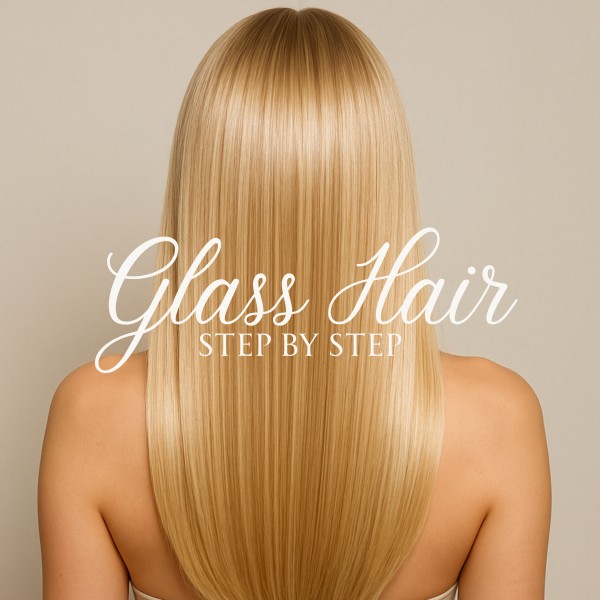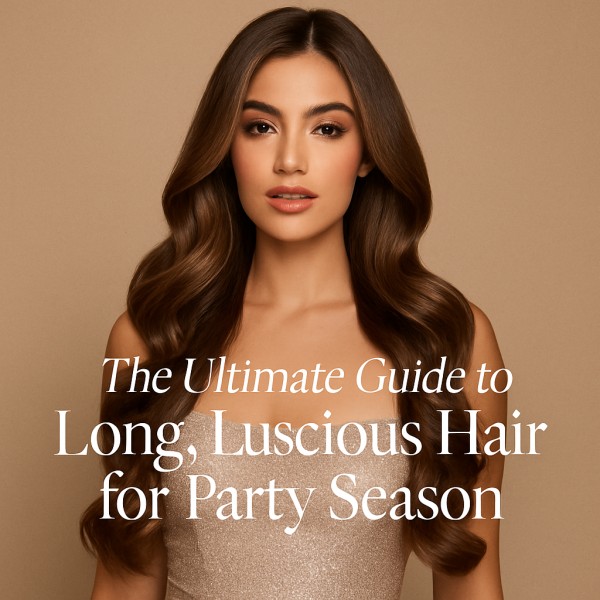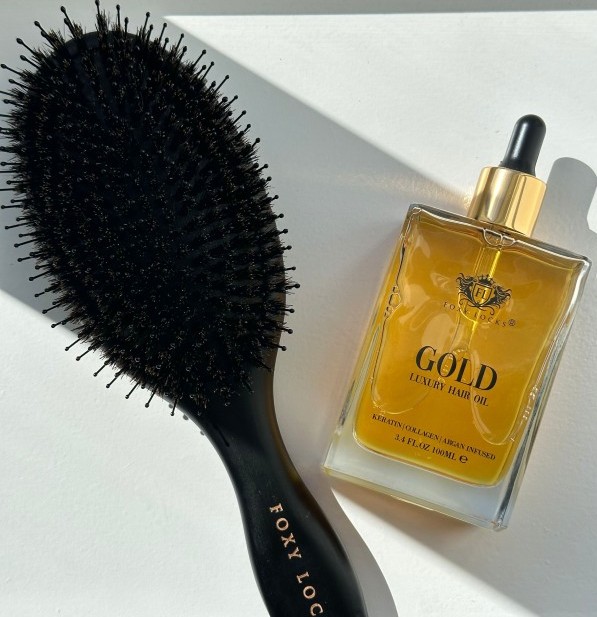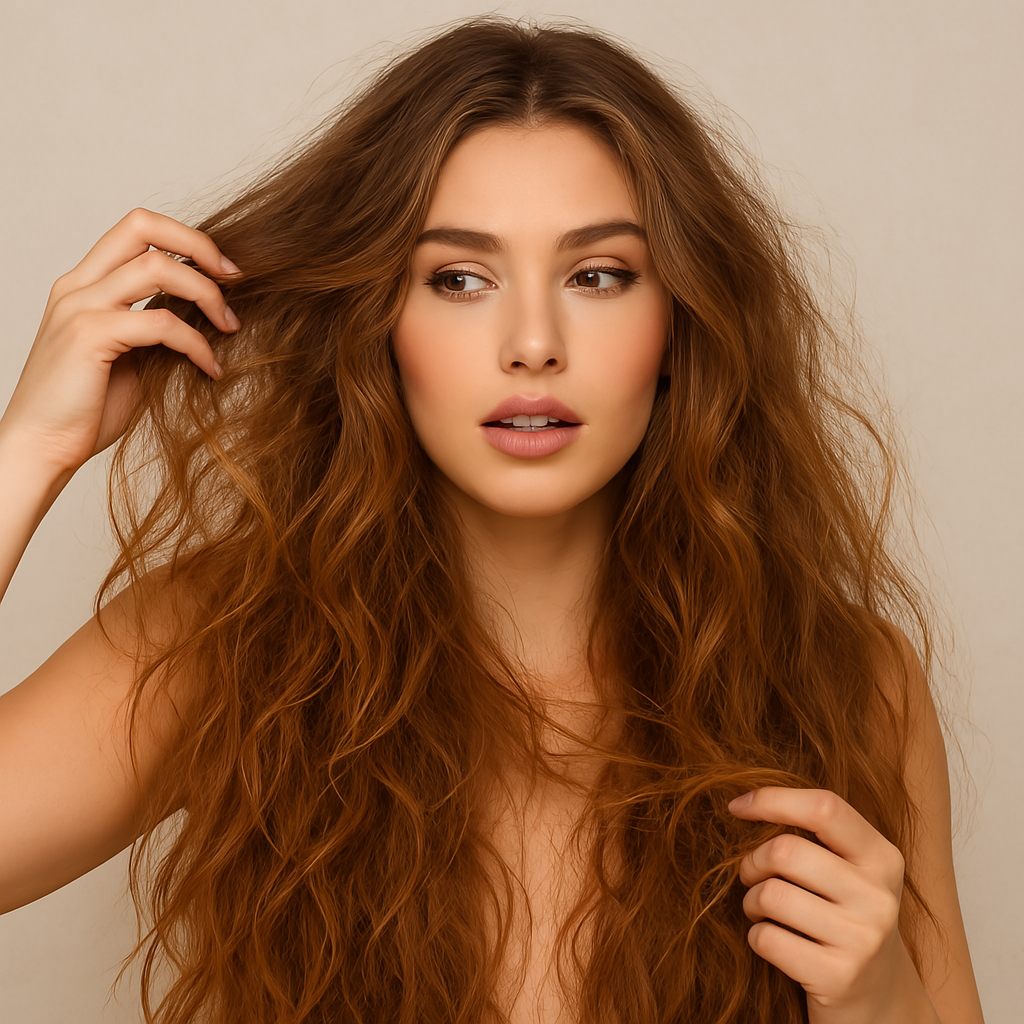At Foxy Locks, we understand that when investing in hair extensions, you want not only premium quality but also transparency about where your hair comes from. With so much misinformation circulating about the hair extensions industry, we want to reassure you that our products are sourced ethically and crafted to the highest standards.
Where Does Natural Hair for Extensions Come From?
The finest human hair extensions are sourced from ethical suppliers who prioritize fair practices and quality. Our high end hair extensions originate from carefully selected donors in regions such as India, Malaysia, and parts of Europe. These donors voluntarily sell their hair.
Unlike lower quality hair, which may be collected from salon floors or mixed with synthetic fibers, Foxy Locks extensions are made from 100% Remy human hair. This means the cuticles remain intact and aligned in the same direction, preventing tangling and ensuring long lasting, natural looking results.
What Is Remy Hair and Why Does It Matter?
Remy hair is considered the gold standard in the extensions industry. It is collected from a single donor in a way that preserves the natural cuticle alignment, ensuring:
✔ A smooth, tangle free finish
✔ Longer lifespan and durability
✔ A natural, seamless blend with your own hair
✔ Minimal shedding and breakage
At Foxy Locks, we use only the highest grade virgin Remy hair, meaning it has never been chemically processed, bleached, or dyed before we treat and dye the hair. Which means our hair will last x3 times longer than our competitors.
This also allows you to style, curl, and colour your extensions just like your natural hair.
How Are Foxy Locks Extensions Made?
Our hair undergoes a meticulous process to ensure premium quality.
Once sourced, it is:
1️⃣ Sorted by length, color, and texture to create consistent, high quality wefts.
2️⃣ Gently cleansed and treated using steam based chemically treated methods to maintain hair integrity.
3️⃣ Expertly crafted into extensions, whether hand sewn or machine wefted, ensuring strong and seamless application.
4️⃣ Quality checked at every stage to ensure every set meets our rigorous standards.
Unlike some mass produced extensions that rely on acid chemical treatments, our hair is carefully processed to preserve its natural strength and shine.
Why Foxy Locks?
With over 16 years of expertise in the industry, Foxy Locks has built a reputation for delivering luxurious, high quality hair extensions that enhance confidence and beauty. We are committed to:
-
Ethical sourcing and fair trade practices
-
Using only 100% Remy human hair for a premium look and feel
-
Providing seamless, natural looking extensions
-
Ensuring longevity, softness, and shine in every strand
When you choose Foxy Locks, you’re investing in luxury, quality, and integrity because you deserve nothing less.
Explore Our Collection
Looking for the best hair extensions? Browse our range of clip in, tape in, and ponytail extensions and experience the Foxy Locks difference today!






